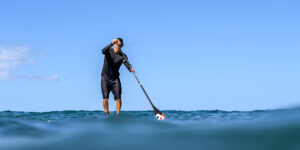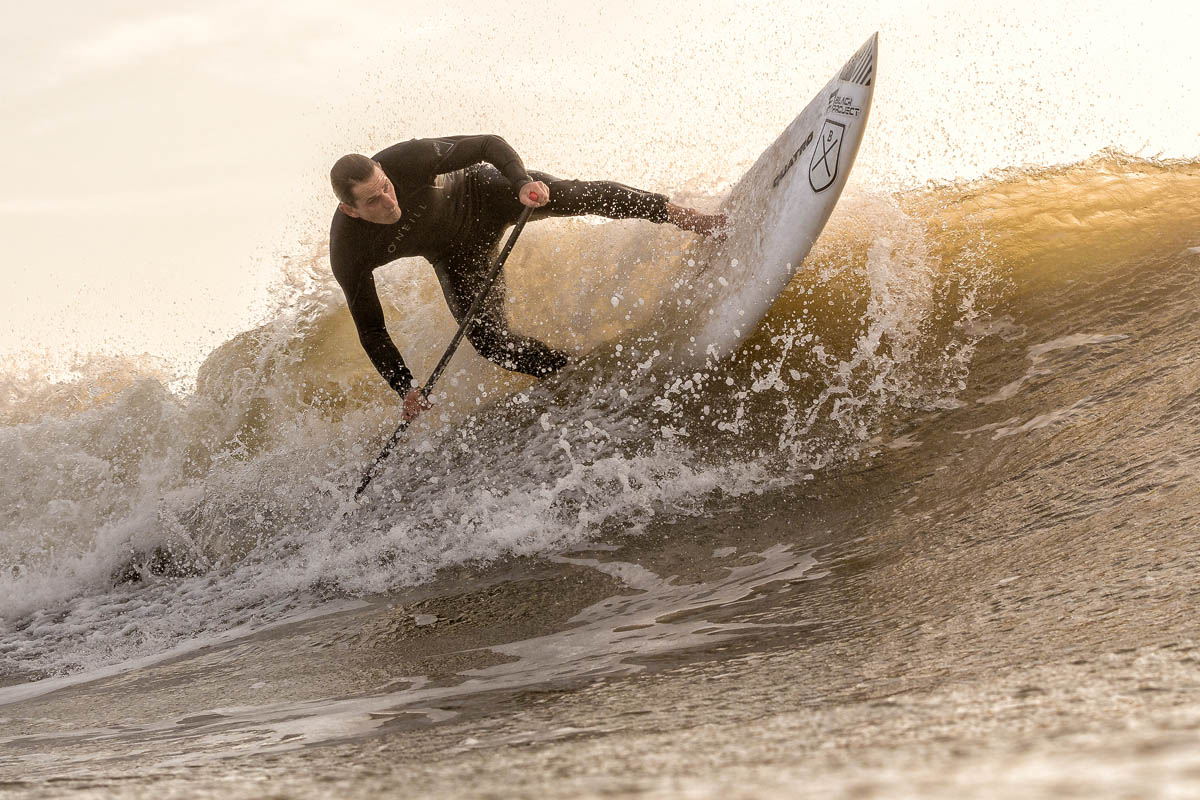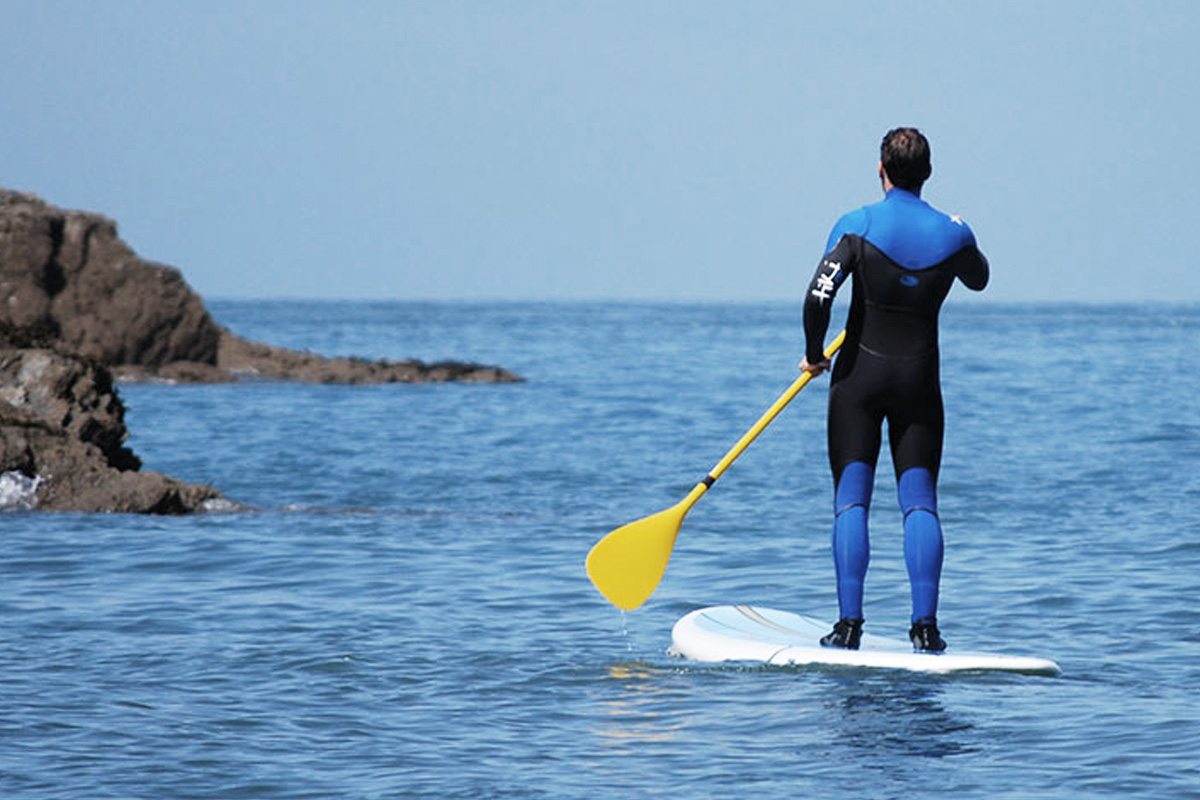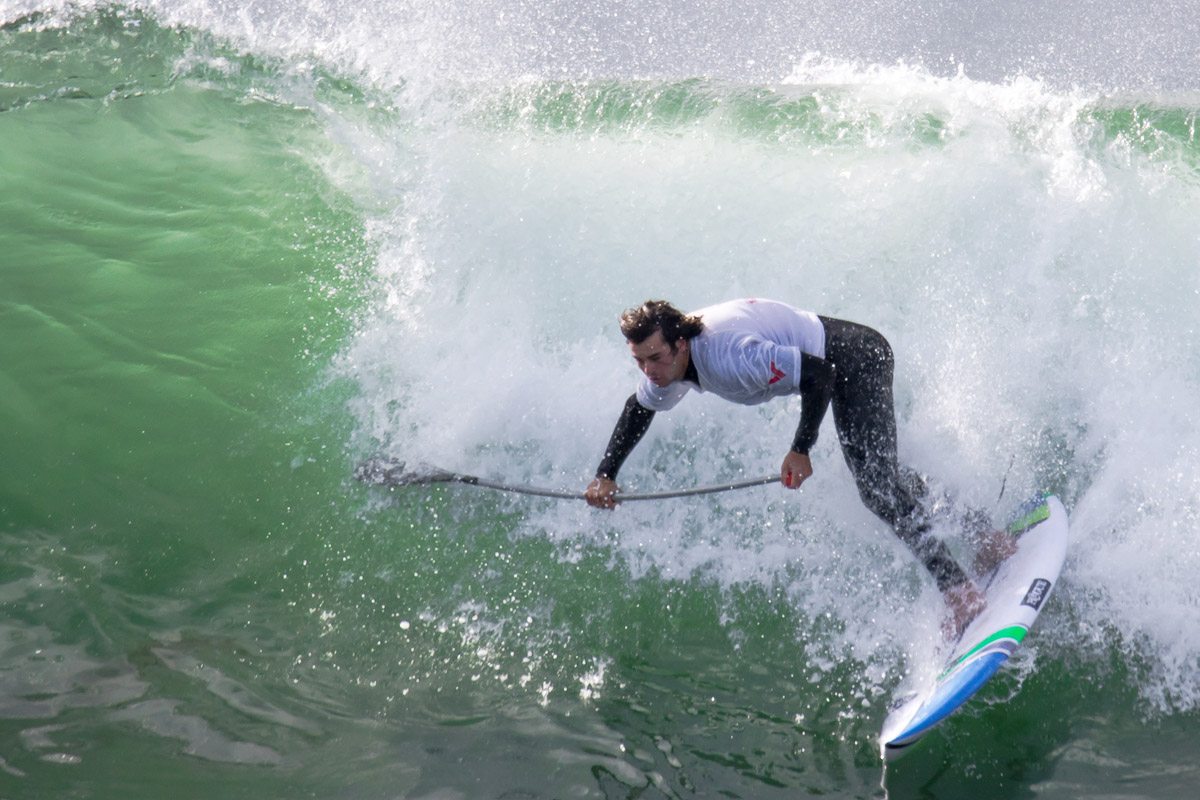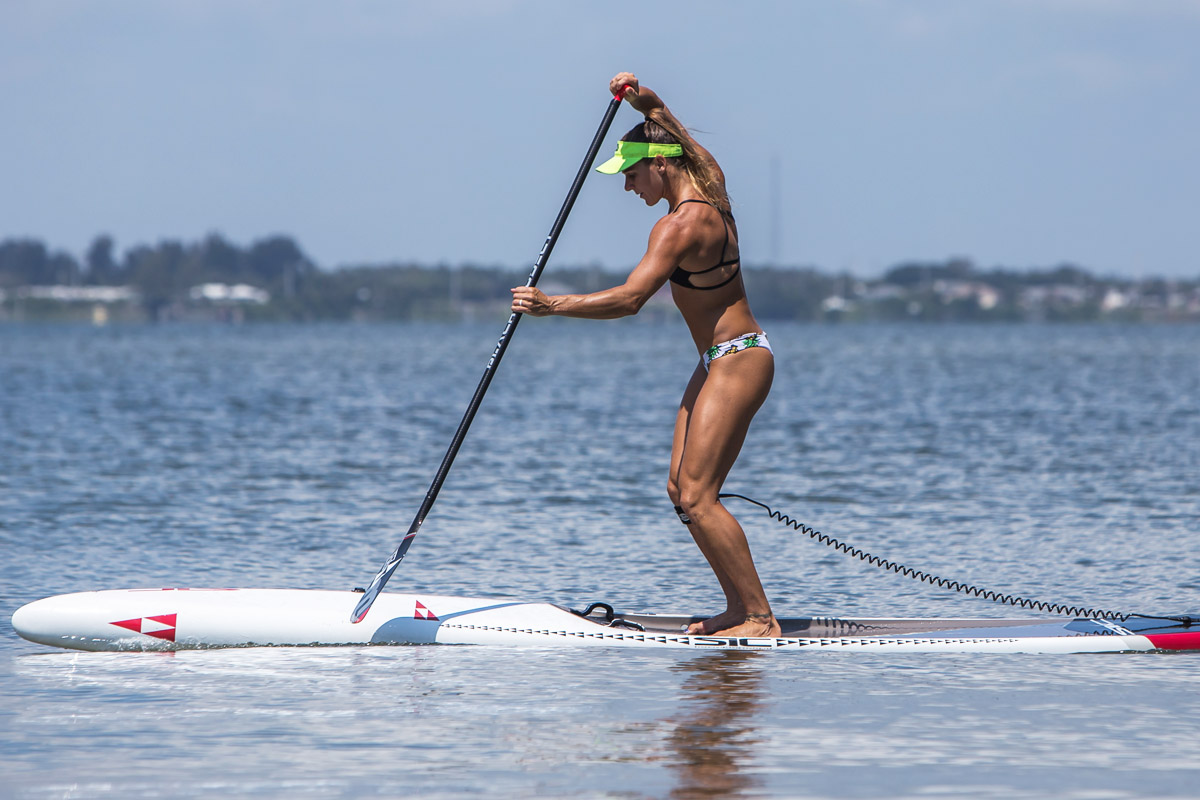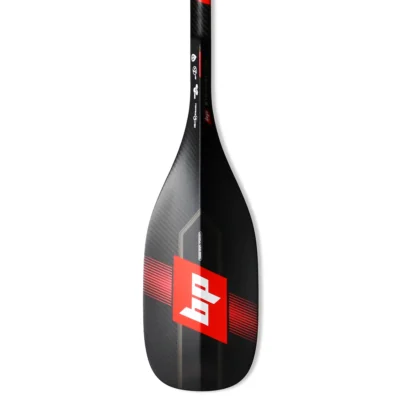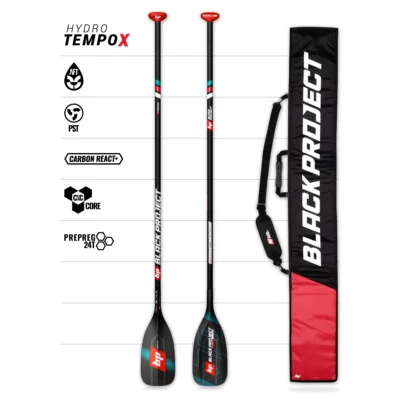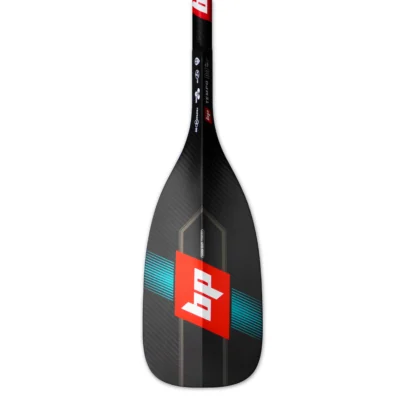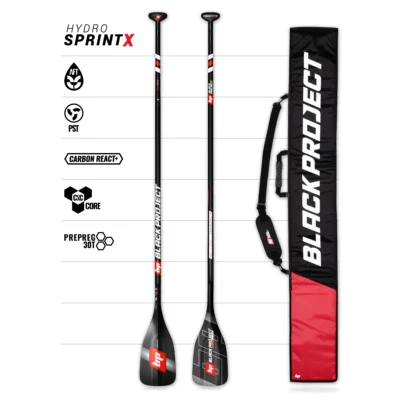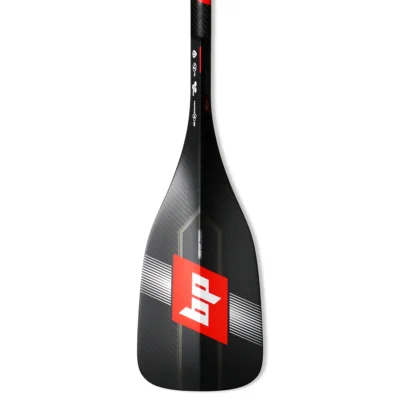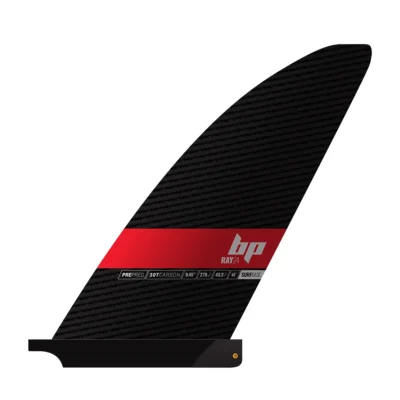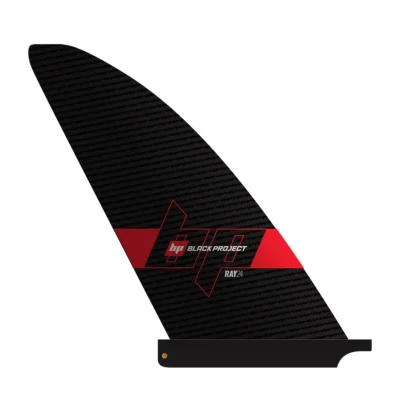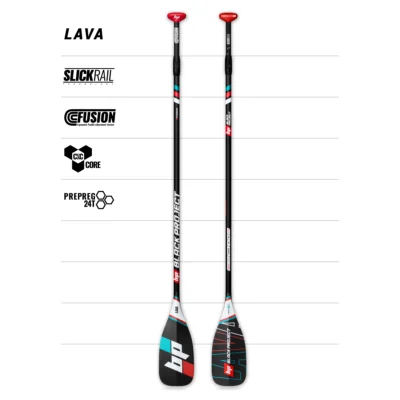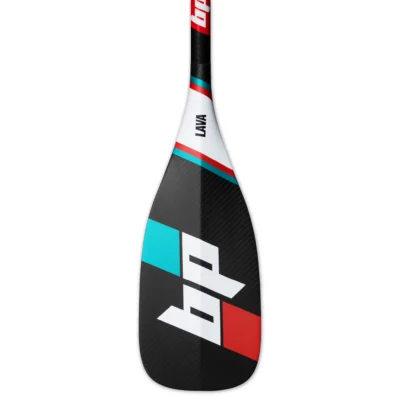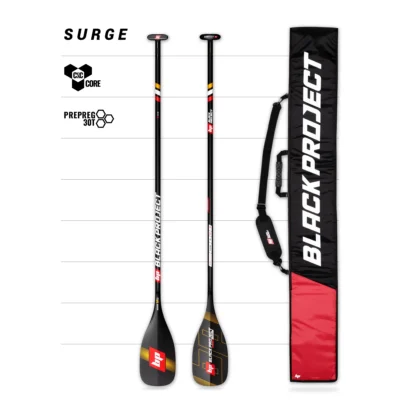Over the past few years, I’ve had countless conversations with paddlers from around the world about the matter of size. More specifically, the simple concept that at least when it comes to SUP paddles—smaller, softer and shorter is better. We call it the Three S’s, but the paddle science behind this philosophy inspires the paddles we create.
Unfortunately, far too many people in the SUP community are suffering from pain caused by paddling. At Black Project, we don’t want to be part of something that leaves people with back or shoulder problems, which is exactly why we’re spreading the word about size.
“Like many of you, I am a lifelong sportsman in my 40s. I spent three decades competing in multiple sports both on and off the water, but that lifetime of adventure and competition left my body with scars, creaks and pains. Nowadays, I’m focused on taking care of my body and ensuring I’m able to enjoy practicing the sports I love for decades to come. In fact, it’s a major reason why we set out to design a more efficient paddle.” — Chris Freeman, Founder, Black Project SUP
INEFFICIENT & OVERSIZED SUP PADDLES ARE A MAJOR PROBLEM
Most padders are using a paddle which is either too big, too stiff, too long—or maybe all three. This problem could be attributed to inefficient early paddle designs or the lack of knowledge that comes with a new sport.
However, these early misconceptions that bigger blades must equate to more powerful strokes, longer paddles must provide better leverage, and that stiffer shafts must be faster are still commonly spread in the SUP community. Unfortunately, these original ideas about paddle size may have inadvertently caused injuries. For example, pulling a large blade through the water puts excess strain on the shoulders, while longer shafts tend to over-extend the paddler and put unneeded stress on their joints.
When I look at the market today, there’s still a lot of paddlers using gear which is not suited to them. The wrong equipment may play a role in hindering adoption rates for the sport or even causing people to quit paddling due to injuries. The benefits of smaller, more efficient blades cannot be overstated.
To reduce strain on your body, we analyzed force and water flow to develop blades which hold and move water more efficiently. This enabled us to produce smaller blades that not only produce more power, but require less effort from the paddler. Designing a blade that is more stable and doesn’t flutter underwater has allowed us to successfully reduce strain on the body.
Five years ago, my 95 in² blade felt great to me. Now I use an 80 in² blade for surfing (Surge Medium) and an 82 in² blade for racing (Hydro FlowX Medium with Slim shaft). Your paddle should be sized and built to suit your unique needs—not to match what the pros use.
HOW TO KNOW IF YOUR SUP PADDLE BLADE IS TOO BIG OR INEFFICIENT?
If you paddle blade is too big or inefficient, you may notice some or all of these symptoms:
- Sore shoulders
- Back pain
- Rapid fatigue
- Difficulty maintaining a high cadence
- Pain/soreness after paddling and/or next day
- Hard to paddle in straight line (especially on smaller SUP surf boards)
Learn more about SUP paddle blade size
HOW FLEXIBLE SHAFTS AND PADDLES PREVENT INJURIES
There’s a common misconception that having flex means you’re losing power during the paddle stroke. Let’s be clear: This is simply not true.
For example, just look at other sports like tennis and golf that utilize flex to both control and enhance power, speed, and drive. By increasing the degree of flex in the shaft, we can reduce the strain applied to the paddler’s body and still ensure the board is propelled efficiently. Paddlers also benefit from the recoil of the shaft when the pressure of the stroke is released.
The bending of the shaft helps paddlers lean in and build potential energy, thus increasing the force that’s released throughout the stroke. This allows a paddler to use physics, rather than brute strength, to paddle faster. The result is a less jarring and repetitive strain on your body. Our Medium flex shafts are ideal for a wide range of the paddling demographics and have considerably more flex (about 50%) than other leading brands.
It’s important to note that as paddles get shorter, their relative stiffness increases (thanks to physics). With this in mind, you can see why it makes sense that shorter paddles should be built with softer shafts. The materials used are also very important—we use aerospace-grade carbon and exotic fibers for faster and more efficient reflex, enhanced feel, and increased longevity.
HOW TO KNOW IF YOUR PADDLE SHAFT IS TOO STIFF?
If your paddle shaft is too stiff, you may notice some or all of these symptoms:
- Sore shoulders
- Back pain
- Quickly fatiguing
- Pain/soreness after paddling and/or next day
Learn more about SUP paddle shafts
BENEFITS OF SHORTER SUP PADDLES AND COMPACT STROKES
In the early days of SUP, stroke technique suggested that the optimal way to produce more power was to fully extend your body while wielding a big, heavy blade. But stretching yourself to the limit makes it much easier to get injured, especially with a large fluttering blade and stiff shaft. Instead of risking injury, we encourage paddlers to adopt a slightly shorter stroke and shorter paddle.
A shorter stroke allows you to paddle within yourself and makes it easier to counteract the strain by keeping it closer to your core. The result of this higher cadence paddle stroke is more overall speed and less muscle fatigue.
If you want to paddle longer and faster, focus on finding a paddle that is comfortable in training and won’t wear you out on race day. Worry less about building brute physical strength and devote more time to improving your technique and increasing your cardiovascular capacity.
HOW TO KNOW IF YOUR SUP PADDLE IS TOO LONG?
If you paddle is too long, you may notice some or all of these symptoms:
- Pain in shoulders
- Awkward feel when paddling
- Hard to make paddle swaps
- Over-extension in power phase of stroke
Learn more about SUP paddle length
Remember, it’s always better to under-paddle and be efficient, rather than over-paddle and burn out. Because at the end of the day, it’s all about enjoying our time on the water and finding the gear that helps us accomplish this ultimate goal.
We’ll see you on the water.
Words: Chris Freeman, Founder, Black Project SUP
RECOMMENDED PADDLES & FINS
-
- 2024-5, SUP Paddles, SUP Race Paddles, SUP Racing
Hydro SynergyX
-
$650.005.00 out of 5(38)
- Rated 5.00 out of 5
- View Product
Hydro SynergyX
$650.005.00 out of 5(38) -
- 2024-5, SUP Paddles, SUP Race Paddles, SUP Racing, SUP Recreation
Hydro TempoX 1-Piece
-
$500.005.00 out of 5(18)
- Rated 5.00 out of 5
- View Product
Hydro TempoX 1-Piece
$500.005.00 out of 5(18) -
- SUP Paddles, SUP Race Paddles, SUP Racing
Hydro SprintX
-
$650.005.00 out of 5(26)
- Rated 5.00 out of 5
- View Product
Hydro SprintX
$650.005.00 out of 5(26) -
- SUP Fins, SUP Race Fins, SUP Racing
Ray v2 Pre-Preg
-
$175.005.00 out of 5(50)
- Rated 5.00 out of 5
- View Product
Ray v2 Pre-Preg
$175.005.00 out of 5(50) -
- 2024-5, SUP All-Water Paddles, SUP Paddles, SUP Recreation, SUP Travel
Lava Adjustable
-
$350.004.96 out of 5(25)
- Rated 4.96 out of 5
- View Product
Lava Adjustable
$350.004.96 out of 5(25) -
- SUP Paddles, SUP Surf Paddles, SUP Surfing
Surge
-
$575.005.00 out of 5(91)
- Rated 5.00 out of 5
- View Product
Surge
$575.005.00 out of 5(91)
Need help choosing a paddle?
ASK A QUESTION

